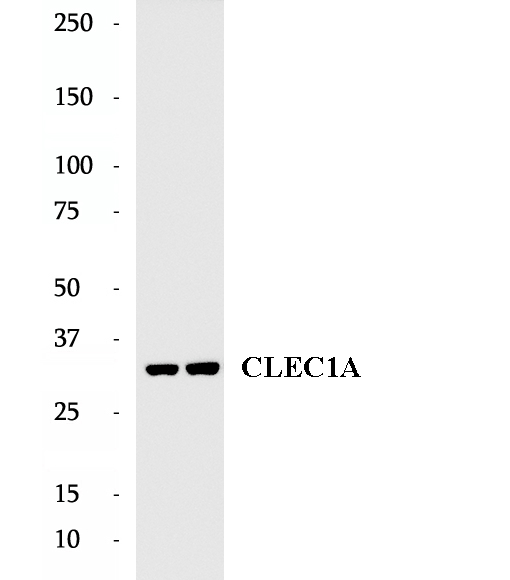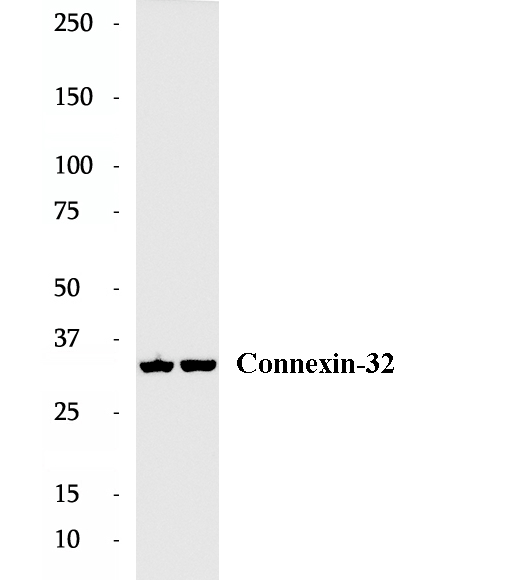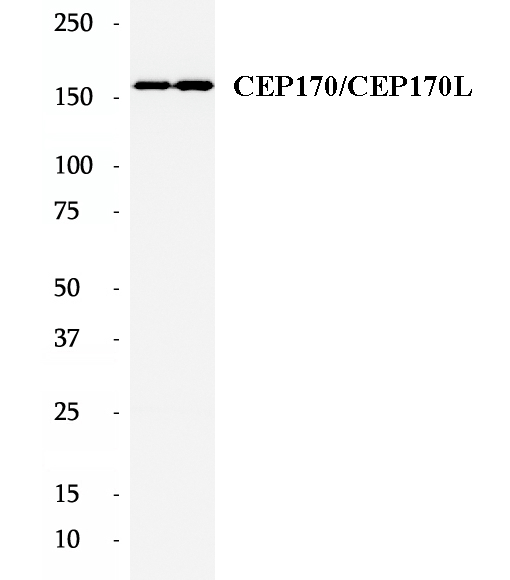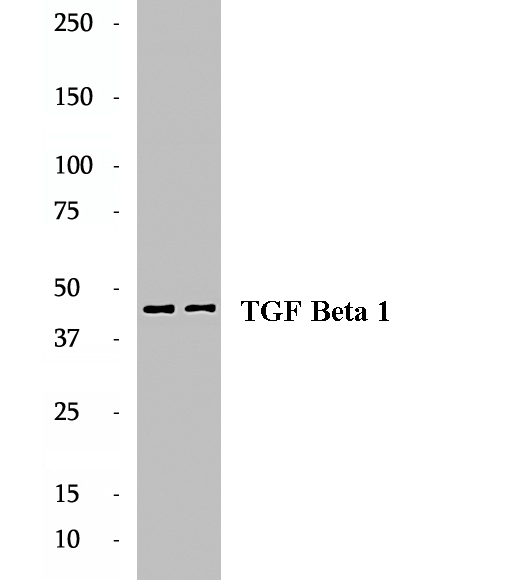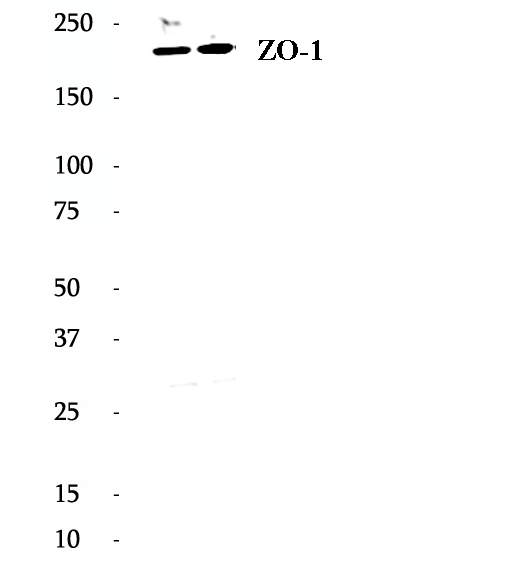|
BP61080
|
Anti-CPPED1 antibody
|
|
|
|
|
CPPED1, also named as CSTP1, plays an inhibitory role in glucose uptake by adipocytes. It has some isoforms with MW 20 kDa and 28-35 kDa.
|
|
BP60419
|
Anti-BACE1 antibody
|
|
|
|
|
Beta-secretase 1, also known as beta-site amyloid precursor protein cleaving enzyme 1, beta-site APP cleaving enzyme 1 (BACE1), membrane-associated aspartic protease 2, memapsin-2, aspartyl protease 2, and ASP2, is an enzyme that in humans is encoded by the BACE1 gene. Expression of BACE1 is observed mainly in neurons.
|
|
BP61955
|
Anti-GMF Beta antibody
|
|
|
|
|
Glia maturation factor-β (GMFB) is considered to be a growth and differentiation factor for both glia and neurons. GMFB has been found to be upregulated in several neuroinflammation and neurodegeneration conditions.
|
|
BP62103
|
Anti-HDAC10 antibody
|
|
|
|
|
Histone deacetylase 10 is an enzyme that in humans is encoded by the HDAC10 gene. Acetylation of histone core particles modulates chromatin structure and gene expression.
|
|
BP63525
|
Anti-PGLYRP2 antibody
|
|
|
|
|
Peptidoglycan recognition protein 2 is an enzyme, N-acetylmuramoyl-L-alanine amidase, that hydrolyzes bacterial cell wall peptidoglycan and is encoded by the PGLYRP2 gene.
|
|
BP64379
|
Anti-SF3B4 antibody
|
|
|
|
|
SF3B4, also named as Pre-mRNA-splicing factor SF3b 49 kDa subunit, is a 424 amino acid protein, which belongs to the SF3B4 family. SF3B4 is a subunit of the splicing factor SF3B required for 'A' complex assembly formed by the stable binding of U2 snRNP to the branchpoint sequence (BPS) in pre-mRNA. SF3B4 has been found in complex 'B' and 'C' as well. Belongs also to the minor U12-dependent spliceosome, which is involved in the splicing of rare class of nuclear pre-mRNA intron. The calculated molecular weight of SF3B4 is 44 kDa. Based on its predicted molecular mass and the observed migration of the 50kDa cross-linked species on two-dimensional gels.
|
|
BP62407
|
Anti-IPO4 antibody
|
|
|
|
|
Importin‐4 (IPO4) belongs to the importin β family which directs the cargo to pass through the nuclear pore complex via transient interaction with nucleoporins. IPO4 is responsible for transporting histones H3 and H4 into the nucleus for chromatin assembly. Recently IPO4 has been reported to contribute to gastric cancer progression and poor prognosis.
|
|
BP61625
|
Anti-FABP3 antibody
|
|
|
|
|
FABP3 (fatty-acid-binding protein 3), also known as heart-type FABP or mammary-derived growth inhibitor (MDGI), is a small 15-kDa cytoplasmic protein transporting fatty acids and other lipophilic substances from the cytoplasm to the nucleus. It is most ubiquitously expressed in heart and skeletal muscle.
|
|
BP61227
|
Anti-Cytokeratin 19 antibody
|
|
|
|
|
Keratins are a large family of proteins that form the intermediate filament cytoskeleton of epithelial cells. Keratin expression is highly regulated, tissue specific, and varies according to cell-state. Type I keratins consist of acidic, low molecular weight proteins with MW ranging from 40 kDa (KRT19) to 64 kDa (KRT9). Type 2 keratins consist of basic or neutral, high molecular weight proteinswith MW from 52 kDa (KRT8) to 67 kDa (KRT18). Keratin 19 is a type I cytokeratin. It is a biochemical marker of skin stem cells in vivo and in vitro.
|
|
BP61098
|
Anti-CREG1 antibody
|
|
|
|
|
REG1 (Cellular repressor of E1A-stimulated genes 1) shares limited sequence similarity with E1A and binds both the general transcription factor TBP and the tumor suppressor pRb in vitro is a secreted glycoprotein that inhibits cell proliferation and/or enhances differentiation. CREG is widely expressed in adult tissues such as the brain, heart, lungs, liver, intestines and kidneys in mice.
|
|
BP64225
|
Anti-RSK2 antibody
|
|
|
|
|
RPS6KA3 (Ribosomal protein S6 kinase alpha-3) is also named as ISPK1, MAPKAPK1B, RSK2 and belongs to the protein kinase superfamily. It localizes at the kinetochores under spindle checkpoint conditions, and during mitosis, associated with the centrosomes, the spindle and at the mid-body. It is required for EGF activated phosphorylation of histone H3, which may cause chromatin remodeling and facilitate gene transcription and maybe playing an essential regulatory role in protein synthesis during cell proliferation.
|
|
BP64522
|
Anti-SNRNP200 antibody
|
|
|
|
|
SNRNP200 (small nuclear ribonucleoprotein 200kDa (U5)), also known as HELIC2, ASCC3L1 or BRR2, is a 2,136 amino acid protein that localizes to the nucleus and contains two SEC63 domains, two helicase C-terminal domains and two helicase ATP-binding domains. Existing as multiple alternatively spliced isoforms, HELIC2 functions as an RNA helicase that is thought to promote specific RNA-RNA conformational changes which are important in the second step of RNA splicing. The gene encoding HELIC2 maps to human chromosome 2, which houses over 1,400 genes and comprises nearly 8% of the human genome. Harlequin icthyosis, a rare and morbid skin deformity, is associated with mutations in the chromosome 2-localized ABCA12 gene, while the lipid metabolic disorder sitosterolemia is associated with defects in the ABCG5 and ABCG8 genes, hich also map to chromosome 2. The observed molecular weight of SNRNP200 is 200-245kd.
|
|
BP64839
|
Anti-TGIF2 antibody
|
|
|
|
|
Homeobox protein TGIF2 is a protein that in humans is encoded by the TGIF2 gene. The protein encoded by this gene is a DNA-binding homeobox protein and a transcriptional repressor. The encoded protein appears to repress transcription by recruiting histone deacetylases to TGF beta-responsive genes. This gene is amplified and overexpressed in some ovarian cancers, and mutations in this gene can cause holoprosencephaly.
|
|
BP61992
|
Anti-GPD2 antibody
|
|
|
|
|
GPD2 is located on the outer surface of the inner mitochondrial membrane and catalyzes the unidirectional conversion of glycerol-3-phosphate (G-3-P) to dihydroxyacetone phosphate (DHAP) with concomitant reduction of the enzyme-bound FAD.
|
|
BP63587
|
Anti-Phospho-MAP2K4 (Ser257/Thr261) antibody
|
|
|
|
|
Mitogen-activated protein kinase kinase 4 (MAP2K4), also known as MAP kinase kinase 4 (MKK4), is a second-level kinase in the hierarchical mitogen-activated protein kinase (MAPK) pathway and is regulated by Ras. MAP2K4 has been found to be stably mutated in 3-5 % of cancers, such as ovarian, prostate, and liver cancers. MAP2K4 is activated by MEKK1 or ASK1/TAK1/MLK3. It is unique among all known MAP2Ks in its ability to phosphorylate two different MAPKs, p38 and JNK (c-Jun N-terminal kinase), respectively.
|
|
BP60972
|
Anti-CLEC1A antibody
|
|
|
|
|
CLEC1A (C-type lectin domain family 1 member A) is a single-pass type II membrane protein that contains one C-type lectin domain. Members of the C-type lectin domain family share a common protein fold and have diverse functions, such as cell adhesion, cell-cell signalling, glycoprotein turnover, and roles in inflammation and immune response. CLEC1A is expressed preferentially in dendritic cells and plays a role in regulating dendritic cell function.
|
|
BP61034
|
Anti-Connexin-32 antibody
|
|
|
|
|
Connexin-32 (Cx32), also known as Gap junction beta 1 protein (GJB1),belongs to the connexin family. Connexins are membrane-spanning proteins that assemble to form gap junction channels that facilitate the transfer of ions and small molecules between cells. Connexin-32 is the major gap junction protein of liver, and the expression is also found in brain and other organs. It is involved in tumorigenesis and liver regeneration. Connexin-32 plays an important role in peripheral nerve. Defects in Connexin-32 are the cause of Charcot-Marie-Tooth disease X-linked type 1 (CMTX1), an inherited peripheral neuropathy.
|
|
BP60869
|
Anti-CEP170/CEP170L antibody
|
|
|
|
|
CEP170, also named as FAM68A, KAB and KIAA0470, is a fork head-associated (FHA) domain protein. CEP170L is a part of CEP170. The gene CEP170 has some isoforms with MW 170-200 kDa, 160 kDa and some fragments 30-40 kDa, ~75 kDa.
|
|
BP64833
|
Anti-TGF Beta 1 antibody
|
|
|
|
|
TGFB, also named as LAP and TGFB1, is a multifunctional peptide that controls proliferation, differentiation, and other functions in many cell types. TGFB acts synergistically with TGFA in inducing transformation. It also acts as a negative autocrine growth factor. Dysregulation of TGFB activation and signaling may result in apoptosis. Many cells synthesize TGFB and almost all of them have specific receptors for it. TGFB positively and negatively regulates many other growth factors. It plays an important role in bone remodeling as it is a potent stimulator of osteoblastic bone formation, causing chemotaxis, proliferation and differentiation in committed osteoblasts. It is highly expressed in bone. Mutation of TGFB are the cause of Camurati-Engelmann disease (CED) which known as progressive diaphyseal dysplasia 1 (DPD1). This antibody detects the pro-TGF beta 1 and the cleaved fragment Latency-associated peptide.
|
|
BP65421
|
Anti-ZO-1 antibody
|
|
|
|
|
Zonula occludens-1 ZO-1, also known as Tight junction protein-1 is a 220-kD peripheral membrane protein that is encoded by the TJP1 gene in humans. It belongs to the family of zonula occludens proteins (ZO-1, ZO-2, and ZO-3), which are tight junction-associated proteins and of which, ZO-1 is the first to be cloned. It was first isolated in 1986 by Stevenson and Goodenough using a monoclonal antibody raised in rodent liver to recognise a 225-kD polypeptide in whole liver homogenates and in tight junction-enriched membrane fractions. It has a role as a scaffold protein which cross-links and anchors Tight Junction (TJ) strand proteins, which are fibril-like structures within the lipid bilayer, to the actin cytoskeleton.
|
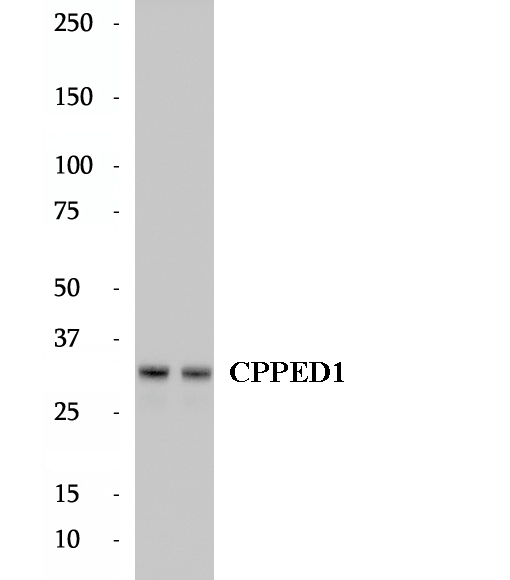
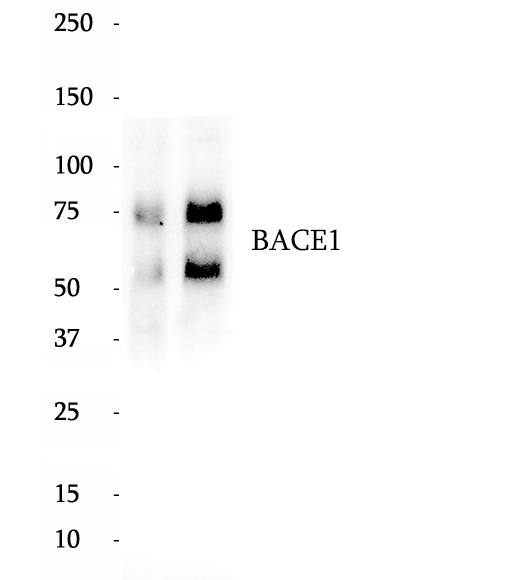
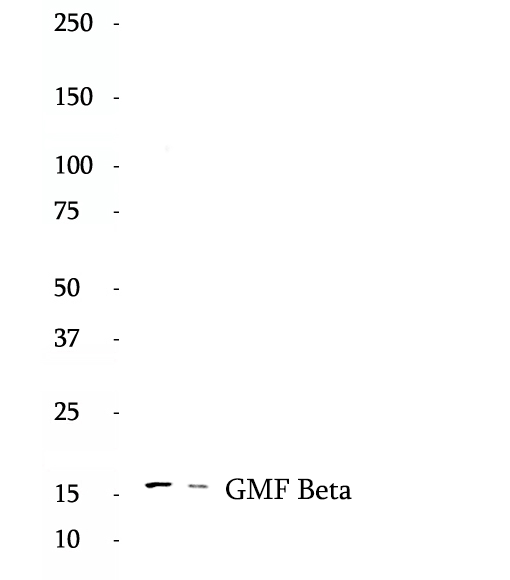
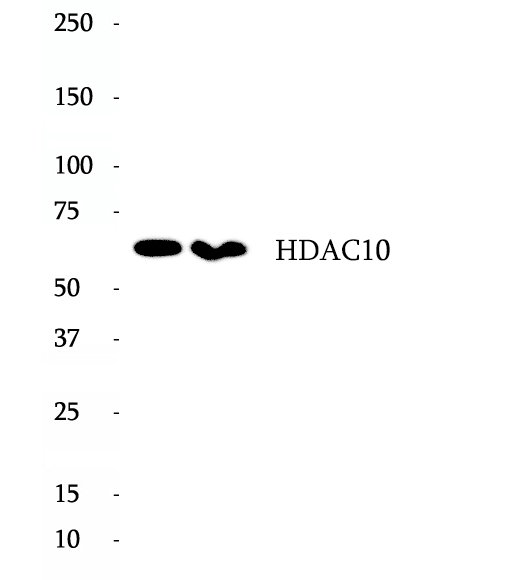
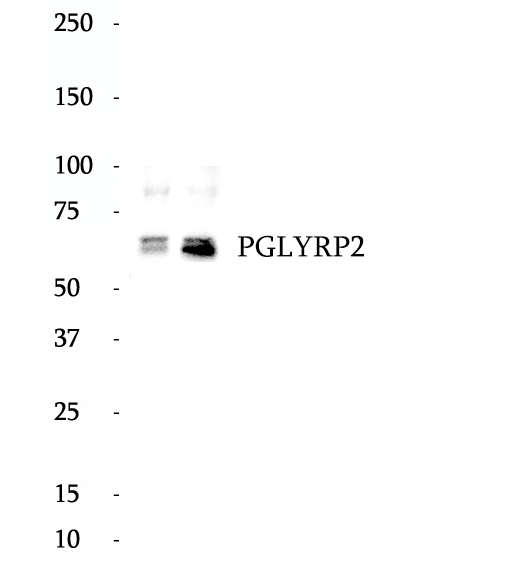
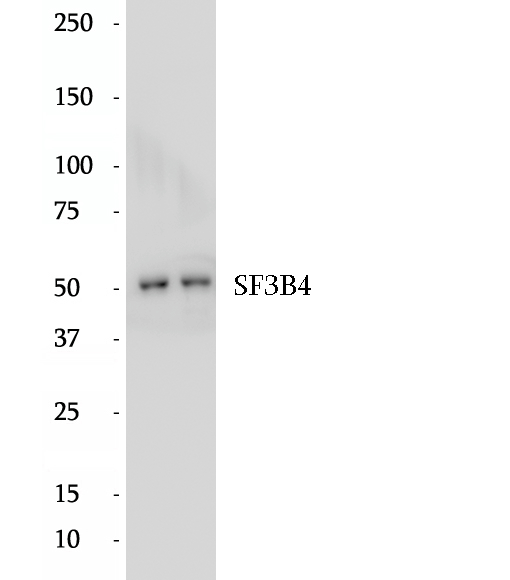
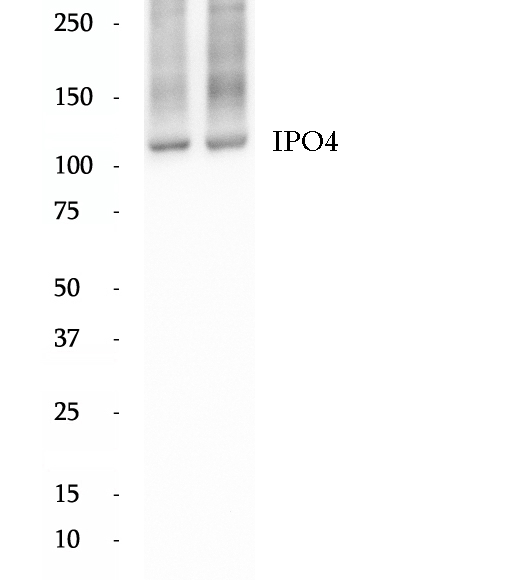
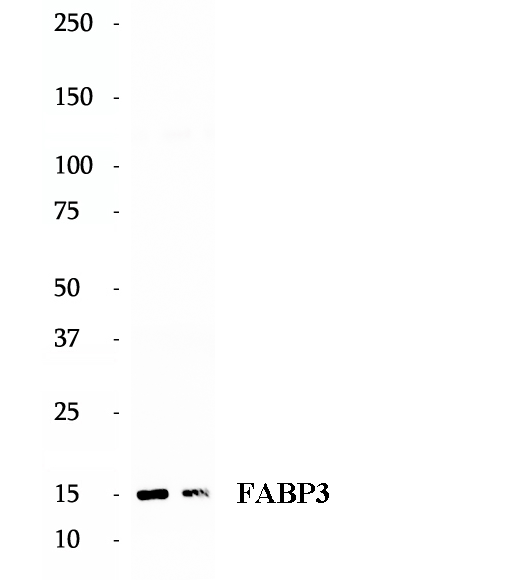
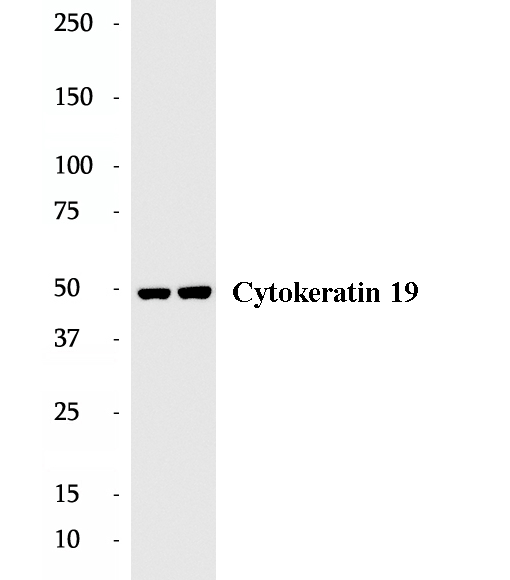
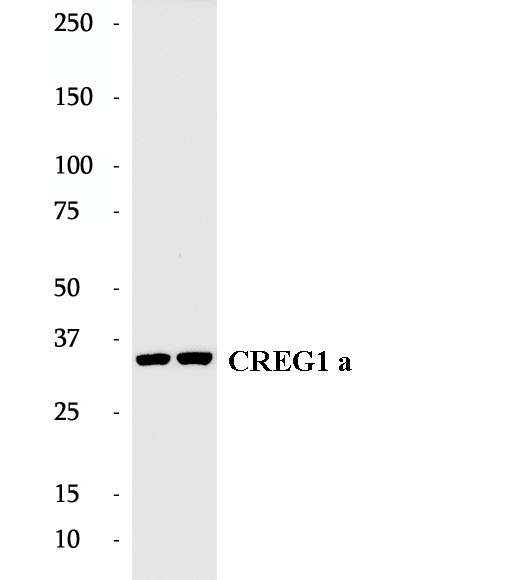
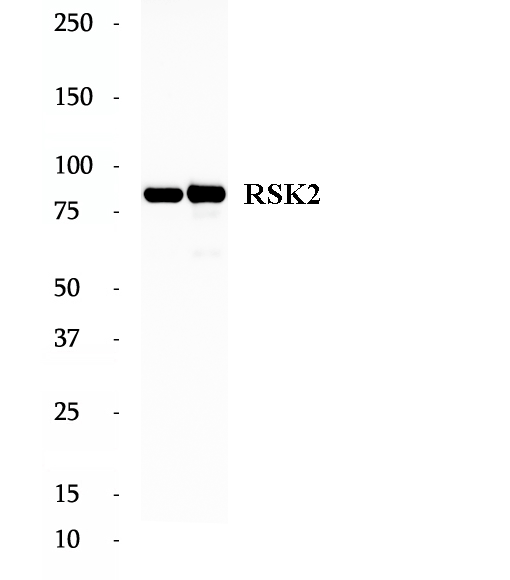
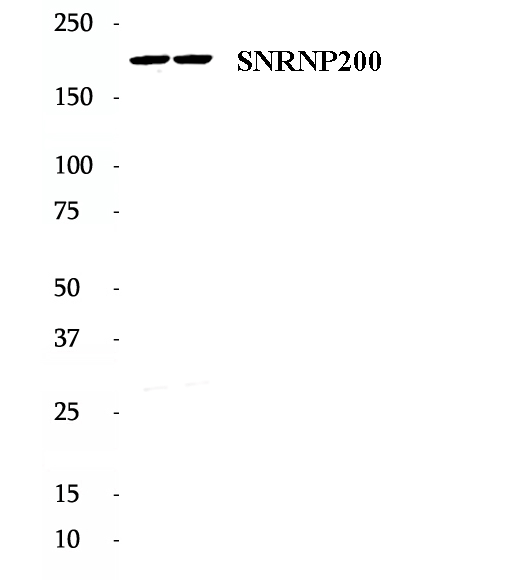
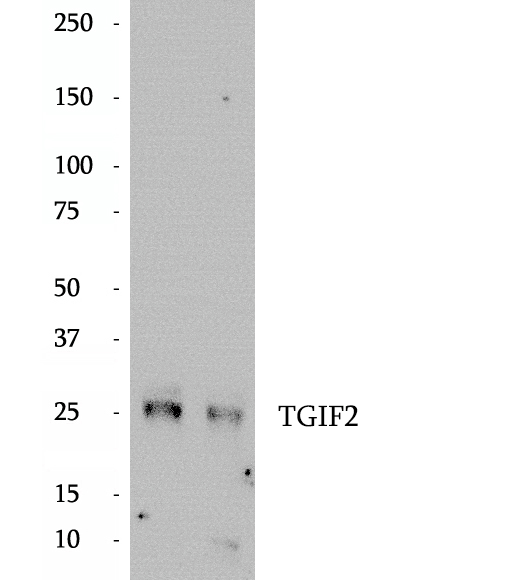
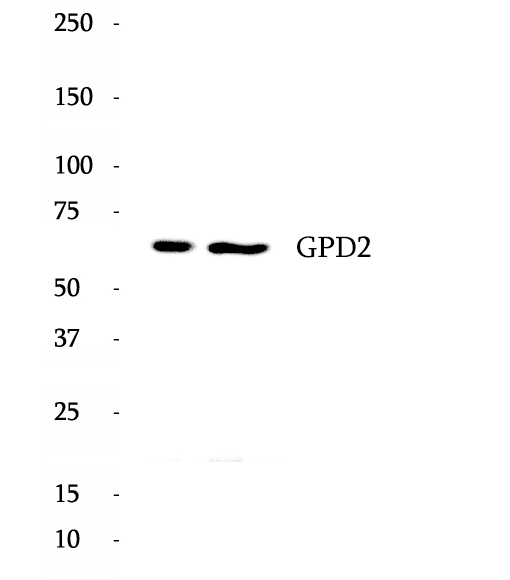
 antibody.gif)
